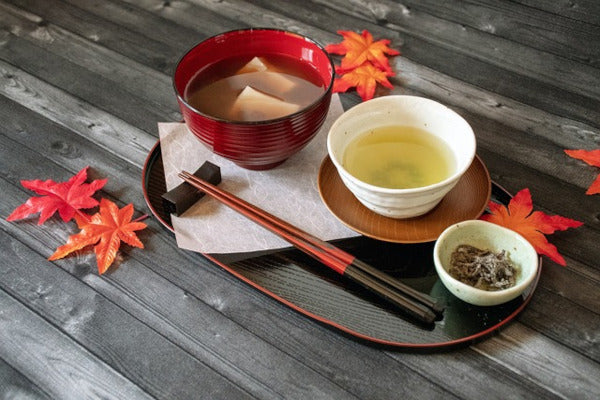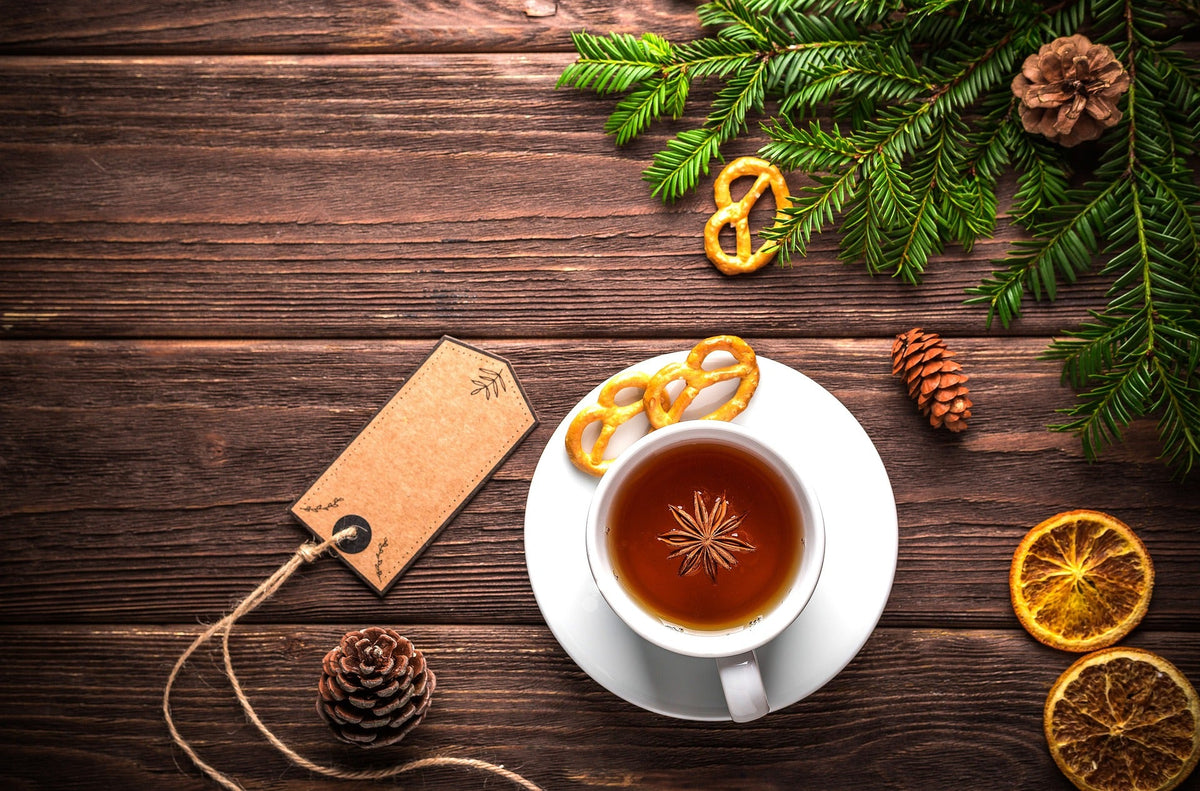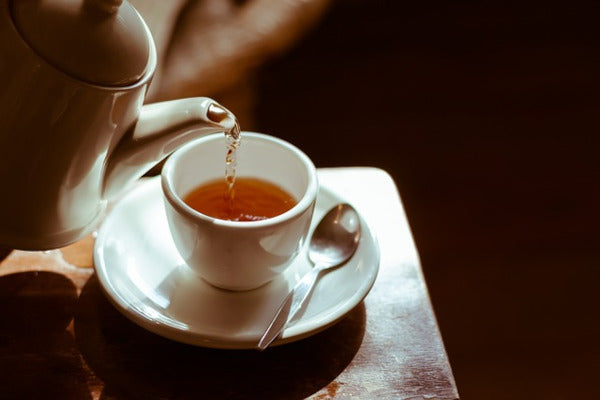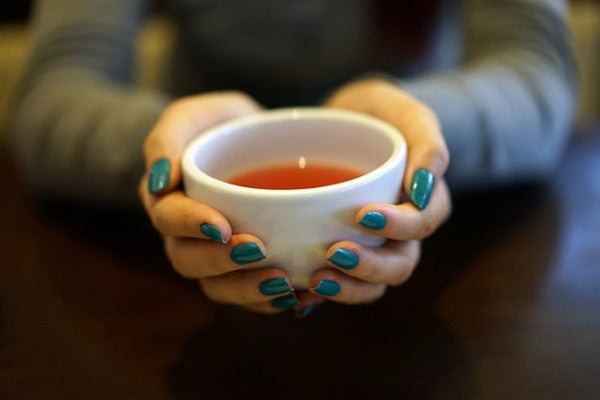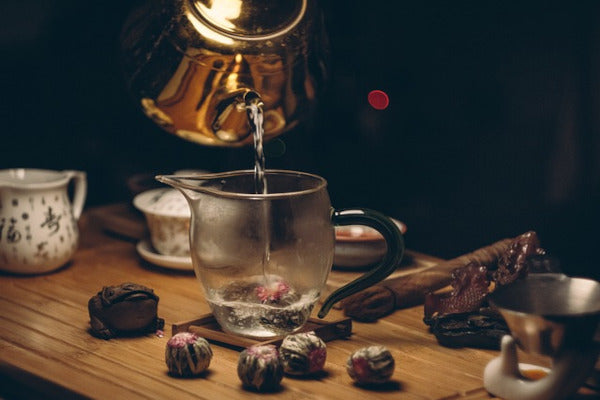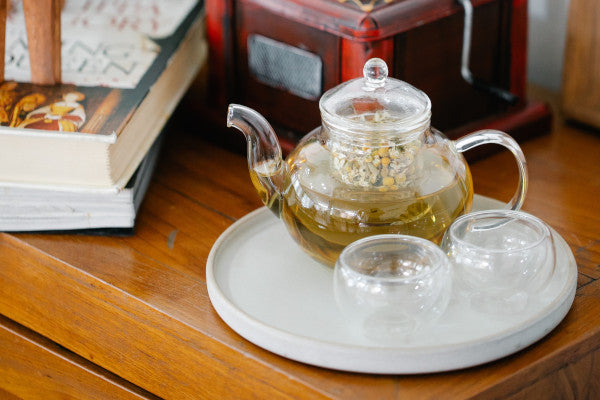Japan produces a wide variety of teas of varying qualities. Some are shade-grown, others sun-dried, others made from sticks and buds, and so on. In short, a wide variety of teas makes this country unique for tea production. In this post, you'll learn about 10 popular types of Japanese teas .
The tea culture in Japan dates back 1,200 years. Matcha tasting was introduced in the 12th century by the monk Eisai. At that time, the beverage was highly valued and also used for medicinal purposes.
1. Sencha Tea
Sencha green tea is one of the finest and most popular Japanese teas. Sencha cultivation covers three-quarters of Japanese gardens. The highest quality is served on special occasions, while the medium quality is used for everyday use.
The highest quality varieties are hand-picked and, once selected and harvested, steamed to halt the natural decomposition process. They are then dried with hot air and then pan-fried. You can also purchase Sencha tea in bulk to customize the strength of your green tea.

2. Gyokuro Tea
It's a high-quality tea, and the same harvesting process is used as Sencha, also known as "jade dew." It's the highest grade of tea available in Japan and is considered a luxury. Its flavor is rich and its color is a delicate, pale, lemon-green.
Gyokuro tea is grown with special care, and a type of curtain is placed on the tea tree twenty days before harvest. By blocking out sunlight, it reduces the effects of photosynthesis in the leaves, thus preventing certain processes that alter its flavor and aroma.
3. Bancha Tea
Bancha tea is another of the most popular Japanese teas . Its grades are thick and harvested in late summer and early autumn. It means "common tea" and is very flavorful. It's a type of Sencha, but it's a late harvest and lacks the latter's fine, sweet quality.
It's often drunk after meals or to quench thirst, and is very refreshing. It's consumed mainly in western Japan due to its low cost.
4. Houjicha Tea
Houjicha tea leaves turn from green to light brown after the roasting and toasting process. It is produced from Bancha or lower grades of Sencha. Despite its brown appearance, it is considered green tea. Its flavor is roasted with some bitter notes.
The typical houjicha is mild; the more intense ones have a roasted meat aroma and taste. As the leaves soak in the infusion, they acquire a golden color with some reddish hues. It is often drunk after meals or at night because it is very low in caffeine.

5. Genmaicha Tea
What is genmaicha tea ? This tea is another of the most popular Japanese teas. It's characterized by its freshness and toasted rice flavor. It's a sweet tea that, when heated, you can hear the beans popping like popcorn. It's brewed in most regions of Japan and is easily accessible. It's low in caffeine and is usually drunk after dinner; anyone can do it at any time of day.
If you'd like to learn more about this tea, you can watch "5 O'Clock Tea with Jessica."
6. Matcha Tea
It's a strong, powdered green tea traditionally used in Japanese ceremonies. Matcha tea is often used for Chanoyu and gatherings. Its cultivation is similar to Gyokuro; the leaves are then harvested, but not ground; they are dried. This creates an intermediate tea called tencha, which is then ground into a very fine powder.
Matcha tea powder is bright green, rich in vitamins, minerals, and high in theine and amino acids.
At Tétique, we offer organic matcha tea, perfect for your business. Our tea is sustainably grown without pesticides or chemicals. Enjoy an authentic and healthy experience with our organic matcha tea.
7. Kukicha Tea
It's also known as "twig tea" or "three-year tea." It's one of the traditional Japanese teas with the lowest caffeine content. The stems of the tea plant are used in its production, and no additives or additives are added.
It's a light, fresh-tasting tea with smoky notes. Its color is light yellow-green. It can also be blended with other teas, such as black tea , green tea, or oolong tea . It's one of the best-selling teas in Japanese grocery stores.
8. Mecha Tea
Long-time tea drinkers are familiar with this variety. It's a very fragrant and flavorful tea, thanks to its spring cultivation. The youngest shoots and leaves of the plant are used in its processing. Its flavor is deep and slightly bitter, and its dark color reflects its aromatic quality.

9. Kamairicha Tea
This tea is produced using Chinese methods. It has a bright golden color and a deep, aromatic flavor. Tea made from early leaves is of the highest quality; its delicate drying produces a bright and aromatic green tea.
10. Hukamushicha Tea
Also known as "steaming tea" due to the cloudy effect of the infusion. Its production methods originate in China. This type of tea is steeped longer and slower to produce its flavor. It is produced only in Shizhou Prefecture and is impossible to find outside of Japan.
Discover the excellence of the finest Japanese teas at Tétique. We are suppliers of the highest quality Japanese teas . Sourced from the green hills of Japan, our teas capture the unique essence of Japan's millennia-old tea tradition. From the delicate and aromatic Sencha green tea to the elegant and vibrant Matcha, each variety is a testament to exceptional craftsmanship and flavor. At Tétique, we make sure to work directly with trusted Japanese producers to provide you with an authentic and unique experience with every cup. If you're looking to offer your customers the best of Japanese teas, look no further. Become our partner and discover the excellence of Japanese teas at Téique, where quality and flavor merge into an incomparable experience.

